Morocco: The Anti Atlas and the Western Sahara
I’ve thought about visiting the Western Sahara for years, but was reluctant to return to Morocco after a backpacking trip in the early 90s. I spent most of that first trip looking for either a bathroom or a place to hide from the 20 plus people invariably following me and offering to be my guide. But the 2018 Nutter Award Winning report from Bebbi Babbler Birding finally persuaded me to give the country another try. And so last month I teamed up with Jean-Michel Bompar and Mike Richardson for a quick trip to the Anti Atlas and the Western Sahara.
This is not a detailed report. Both destinations are well covered in other trip reports (e.g. Bebbi Babbler Birding’s 2018 report for details on the Anti Atlas and Richard Webb’s 2012 report on the Western Sahara). The mammalwatching appears largely unchanged. Though, as others have noted, Dakhla in the Western Sahara is now a booming tourist town with many hotels and restaurants. The local police also seem far more relaxed than they did a few years ago about people driving the desert road at night.
I don’t know the latest about the extent of land mines. There are hundreds of vehicle tracks off of the main road to Aousserd and a lot of livestock wandering around. We left the road quite often.
At least half of all Moroccans are traffic cops. There are more speed cameras than carpet shops.
The Anti Atlas
We spent a night at the very friendly and comfortable Hotel Al Adarissa in Aït Baha for about $20 a night. It is about 90 minutes from Agadir and just a 15 minute drive from the apparently reliable North African Elephant Shrew spot mentioned in the Bebbi Babbler Birding report.
Spotlighting and thermal scoping for an hour or so along the road to – and past – the elephant shrew site produced a Common Genet, a Red Fox, several Mediterranean Hares (Lepus capensis mediterraneus) which might be split one day, and, best of all – and courtesy of the thermal scope – an Algerian Hedgehog. A lifer for all of us and my 1800th mammal.
I set some traps on both sides of the road at the elephant shew site. Next morning we had caught two animals; both on the top of the first hill no more than 100m from the north side of the road.
Beautiful things to see close up and very placid to handle. Another lifer for us all.
Standing at the edge of the road for fifteen minutes not long after dawn we spotted at least another three animals hopping over the rocks. Clearly they are abundant here at this time of year at least (Vladimir Dinet’s found it hard to find them in the summer for instance).
Barbary Ground Squirrels were common along this road and throughout the Anti Atlas.
Another target species in this area was Cuvier’s Gazelle. We spent some time looking in the daylight from various lookouts but didn’t get lucky. But at night though they were common near the “Painted Rocks” south of Tafraoute. The painted rocks are large boulders that were painted blue by a Belgium. I am not sure why.
Try driving the road that connects the R107 and R104 south of town and runs near to the rocks. We saw at least 11 gazelles in 30 minutes while spotlighting. Mediterranean Hares were abundant after dark and we also got a decent look at an African Wildcat.
Close to Tafraoute we caught another two elephant shrews here: take the road up towards the cell phone tower on north west of the R1o4, about 7kms after Tafraoute.
The Western Sahara
We did not have very long in Dakhla. Our goal, surprise, surprise, was to see as many mammals as possibles and so we did not spend time trying to get good photographs. I wanted to see a Sand Cat, a species I had seen only once – and not very well – in Jordan 20 years earlier. I was also particularly keen to see a Libyan Striped Polecat and Atlantic Humpbacked Dolphins.
We dipped on both the polecat and the dolphins, but had multiple Sand Cat sightings, and reasonable luck with small mammals.
It is a 270km drive from Dakhla to Aousserd. The final 160km of this seems to be the best for mammal watching and so both nights we drove to Aousserd in the afternoon and returned to Dakhla spotlighting after dark.
During two long nights on the road we saw a couple of Golden Jackals, several Fennec Foxes and a few Rueppell’s Foxes including one at a den here. We saw at least three Sand Cats (with the best sighting here) and two African Wildcats at the 177 and 180 kilometer markers (distances marked from the Dakhla end of the road). But none of them was close enough – or stayed still long enough – for us to get photos.
We had two Desert Hedgehogs crossing the road at Km 165 and 169. Mediterranean Hares were quite common but there were surprisingly few smaller mammals: just two or three unidentified gerbils and a couple of Lesser (now African Hamada) Jerboas. Perhaps this was because of the super moon. But trapping was more productive. No Striped Polecats unfortunately. And no Fat-tailed Gerbils either.
Jean-Michel took us to a couple of small caves quite close to Aousserd where he had discovered roosts of Egyptian Mouse-tailed Bats in November 2018. The bats were no longer using the first roost, but there were still a few here. Access to this cave was not particularly easy… at least for me. Jean-Michel made it look simple, but I needed a Xanax after climbing back down the cliff.
But the new species was worth it.
Atlantic Hump-backed Dolphins were another priority species for us all. A small group appears to be resident in the Dakhla lagoon but they are not easy to find.
Jackie and Neal, from Sahara Sailing in Dakhla were very helpful and ready to take us out on their catamaran for a few hours on a private charter to search for the dolphins. They run a variety of cruises, including dolphin watching trips but these tend to focus mainly on the more often encountered Bottlenose Dolphins. If you want to focus on seeing the Humpback Dolphins then a private charter is the way to go.
We weren’t lucky. The conditions – strong winds and choppy water – did not help our chances, but these are the normal conditions in Dakhla. And we had deliberately chosen to sail on a low but rising tide, which seems to be the best time to look for the species.
Neal, the skipper, had seen the dolphins quite often but always just a single animal or a pair. I think he he sees them about once a week. Though most of his trips are not dedicated dolphin cruises and so my hunch is that, with reasonable conditions, you might have up to a 50% chance of seeing them in a 4 hour cruise. Maybe. Worth a shot though for sure.
Killer Whales are sometimes seen in the waters here. But the only mammals we saw were a few Bottlenose Dolphins that played around the boat.
When Jean-Michel visited the Western Sahara in November 2018 his group made a remarkable discovery. They found several Sand Cats sleeping in abandoned raven nests. The first time, we think, this has ever been documented (the literature talks about Sand Cats living only in burrows or rock crevices). Jean-Michel and his friends have written up their findings which were published in the Spring issue of Cat News.
Naturally we were keen to see if any of the cats were still at home. Some ways off of the main road (at a location that we agreed not to share) JM found an animal peeping out of one of the nests that had been occupied in November. A great example of mammalwatching contributing to science.
Given the lack of trees and nests in the area, I suggest it is worth checking out every nest you pass.
We did not see many small mammals running around. The few gerbils we did see were far too quick and distant for us to identify. As Jean-Michel mentioned in his report it can be extremely tricky to ID gerbils in the hand, let alone through binoculars. The differences between many species are subtle to say the least.
But we were able to catch at least three species, possibly four. Jean-Michel took DNA samples from each animal for researchers to check. But, pending those results, we think we caught two quite large Tarabul’s Gerbils.
We caught two Lesser Gerbils, which are rather more distinctive with their hairy feet and white tufted tail.
This, smaller animal, appeared to be a Pleasant Gerbil.
And we also caught several Algerian Mice.
A fun trip, with a great group, and it fully restored my faith in Morocco. The Anti Atlas is a lovely area and the Western Sahara was fun too, though it was a little disappointing we missed the polecat in particular. I hope it isn’t another 30 years until I return.
Trip List
North African Elephant-Shrew Elephantulus rozeti
Mediterranean Hare Lepus capensis mediterraneus
Barbary Ground Squirrel Atlantoxeros getulus
African Hamada (was Lesser Egyptian Jerboa) Jaculus hirtipes
Pleasant Gerbil Gerbillus amoenus
Lesser Egyptian Gerbil Gerbillus gerbillus
Tarabul’s Gerbil Gerbillus tarabuli
Algerian Mouse Mus spretus
Common Genet Genetta genetta
Sand Cat Felis margarita
African Wild Cat Felis lybica
Rueppell’s Fox Vulpes rueppellii
Red Fox Vulpes vulpes
Fennec Fox Vulpes zerda
African Golden Wolf Canis anthus
Algerian Hedgehog Erinaceus algirus
Desert Hedgehog Paraechinus aethiopicus
Egyptian Mouse-tailed Bat Rhinopoma cystops
Common Bottle-nosed Dolphin Tursiops truncatus
Cuvier’s Gazelle Gazella cuvier
20 species, 7 lifers.
9 Comments
-
-
Richard Moores
Nice report Jon. According to the recently published Mammals of Morocco, there is only a single record of Algerian Mouse south of Tarfaya, so great records. I have yet to catch it in WS in 8 visits, though did catch a House Mouse in Dakhla once.
Re your previous visit, there is only one record of Naked-rumped Tomb Bat in Morocco – from the Draa valley. Richard -
-
JanEbr
Aousserd road was the first place where we ever committed target mammalwatching. We had absolutely no idea what we are doing and all that we got for several hours of spotlighting was Lesser Egyptian Jerboa and Gerbill (they make a nice pair of names), a Desert Hedgehog and my wife’s feeling she might have seen a Fennec. But it brought us to the idea of going to places to see mammals! Also the landscape is fantastic and there are quite interesting birds.
Leave a Reply
You must be logged in to post a comment.


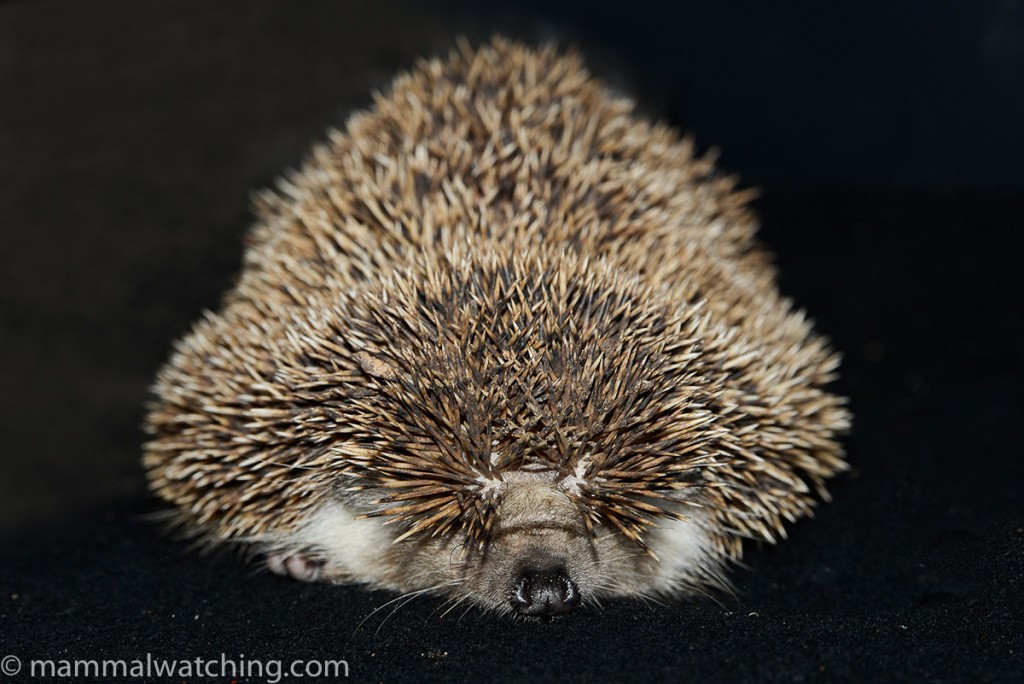
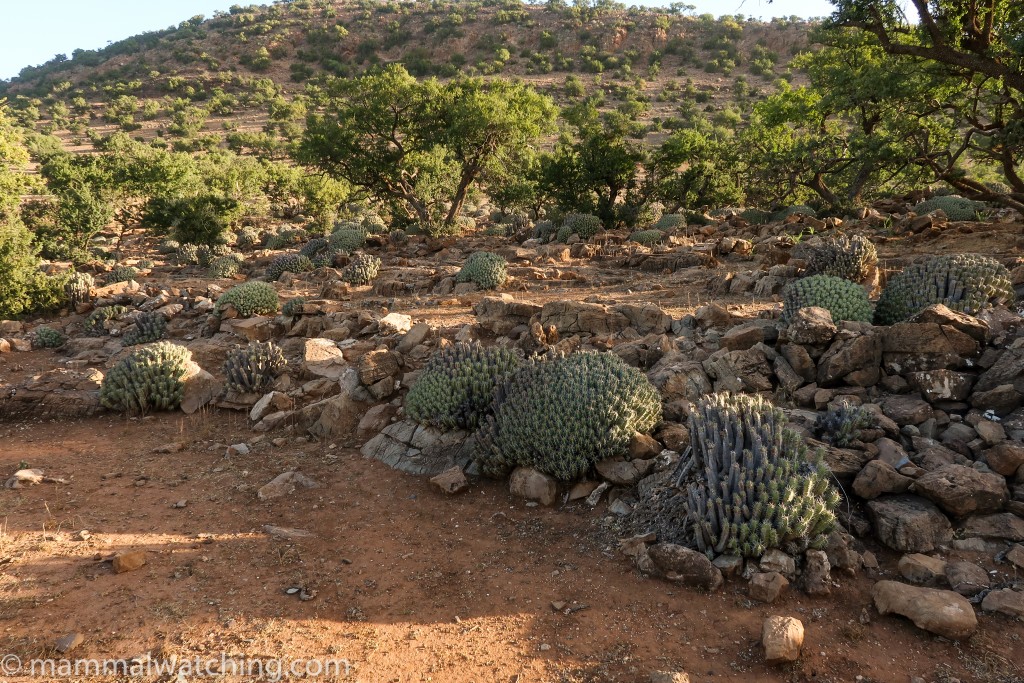
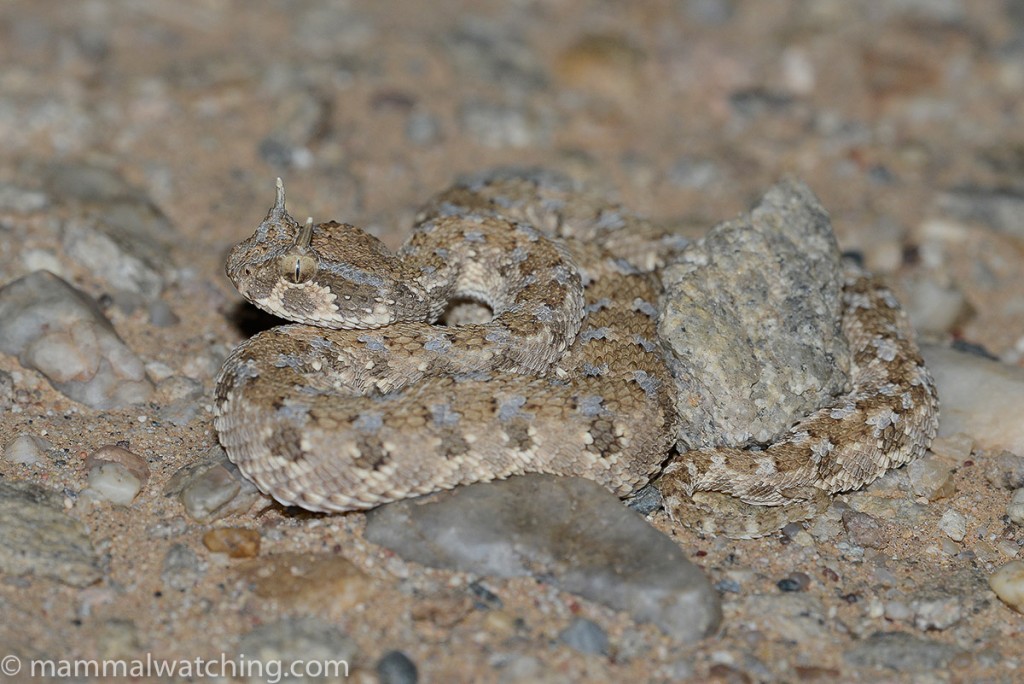
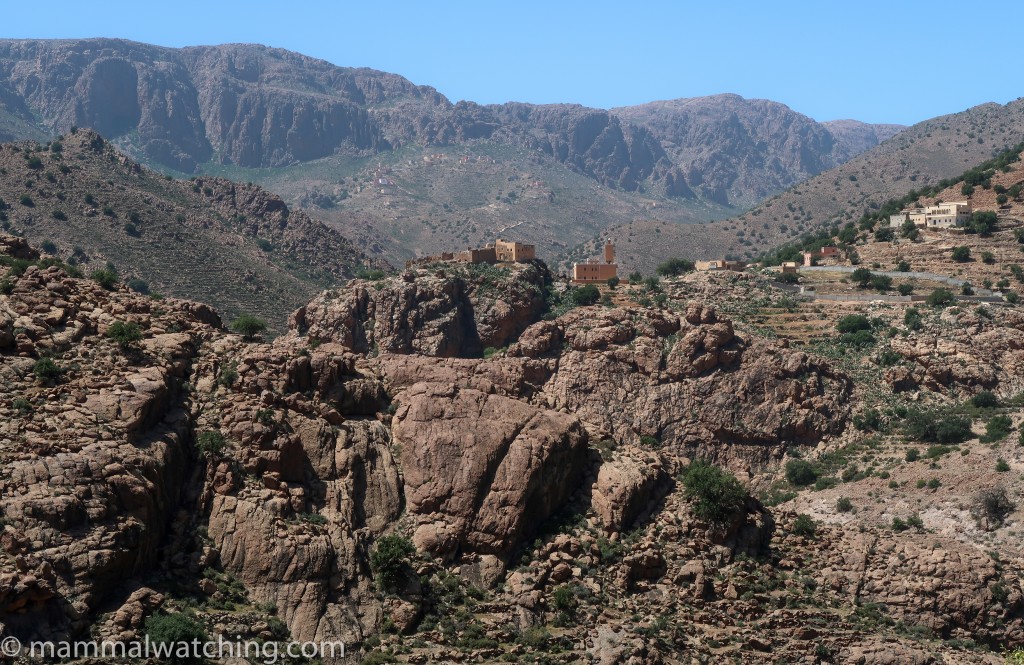
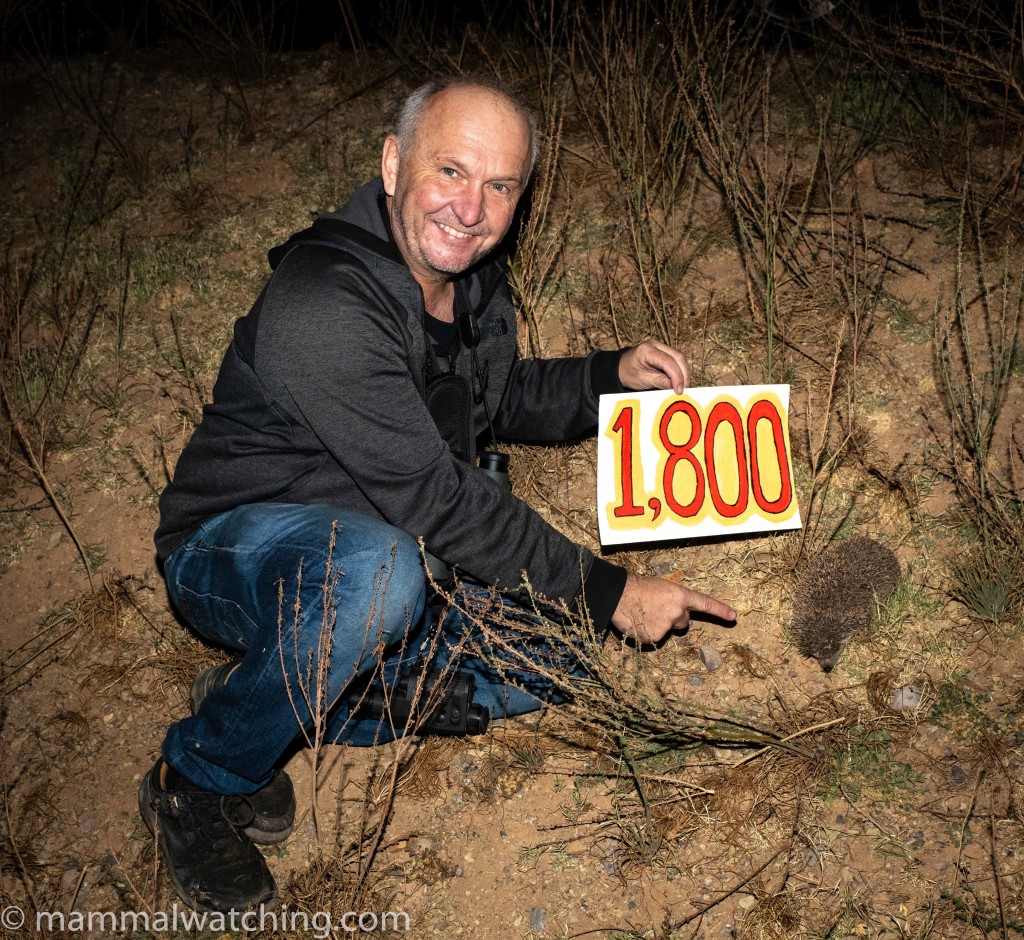
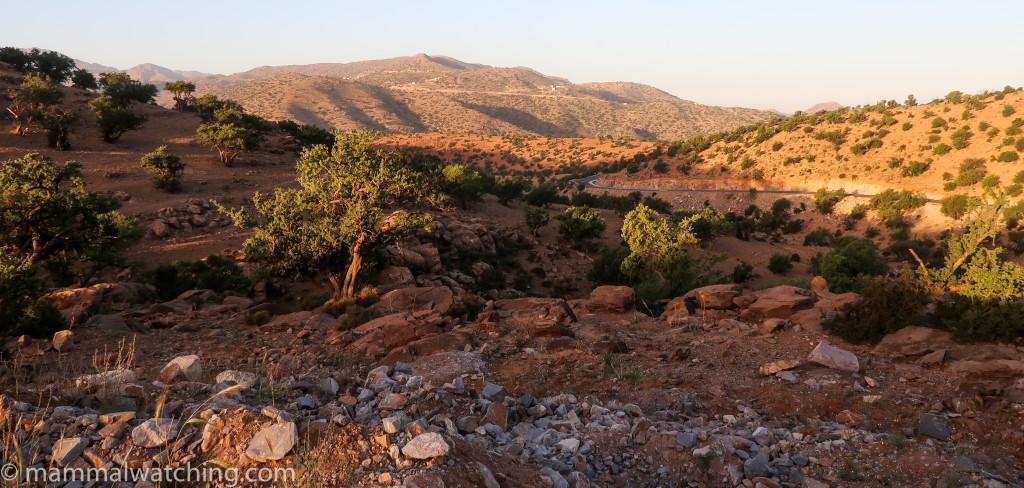
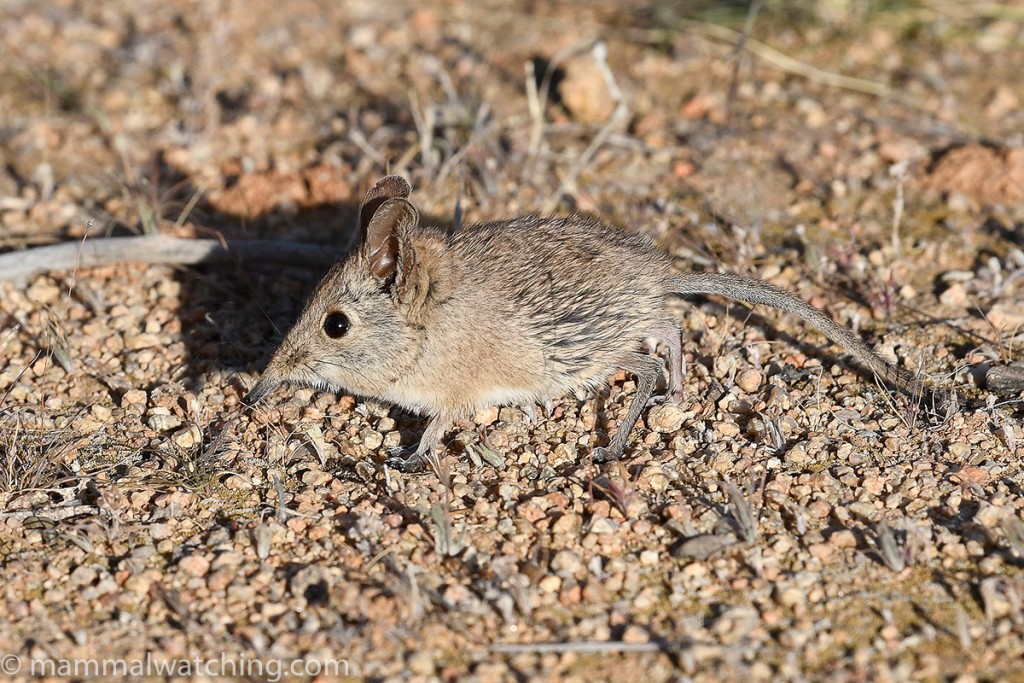
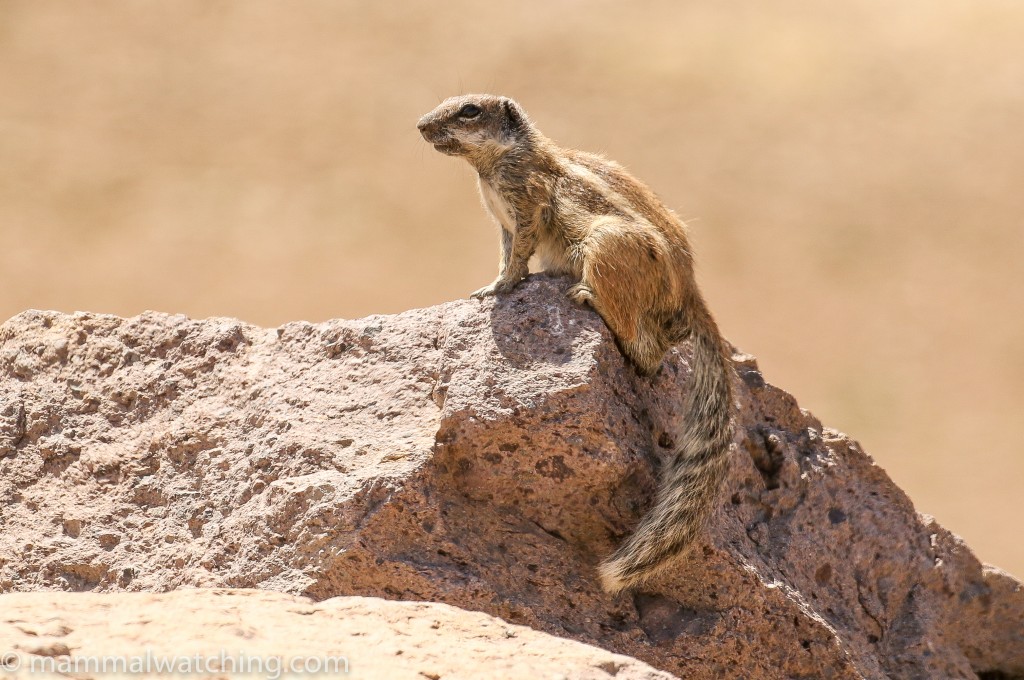
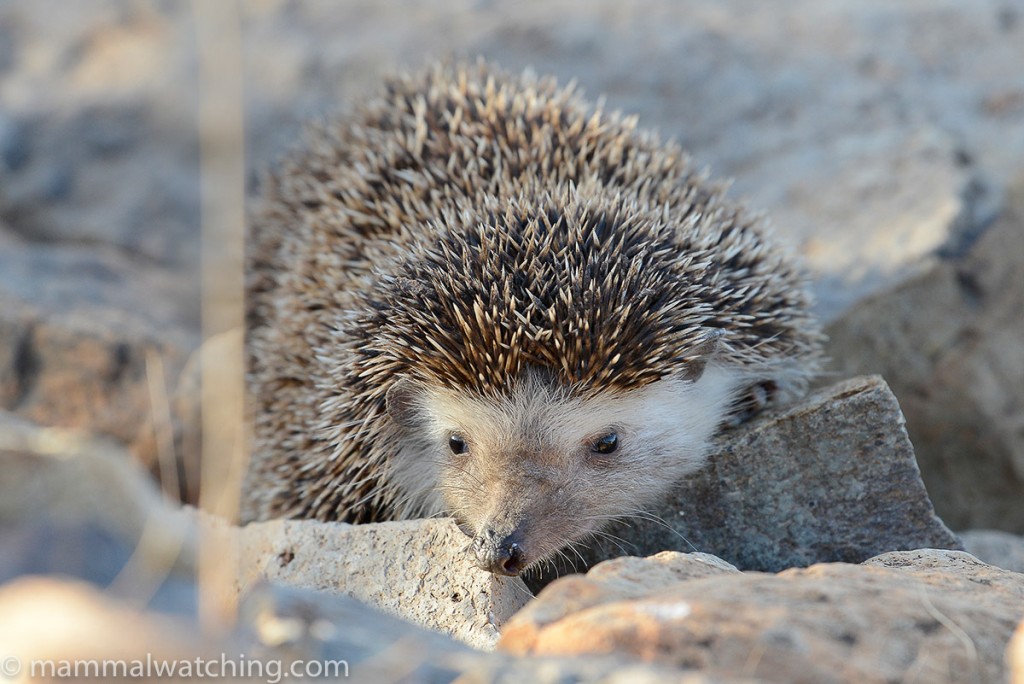
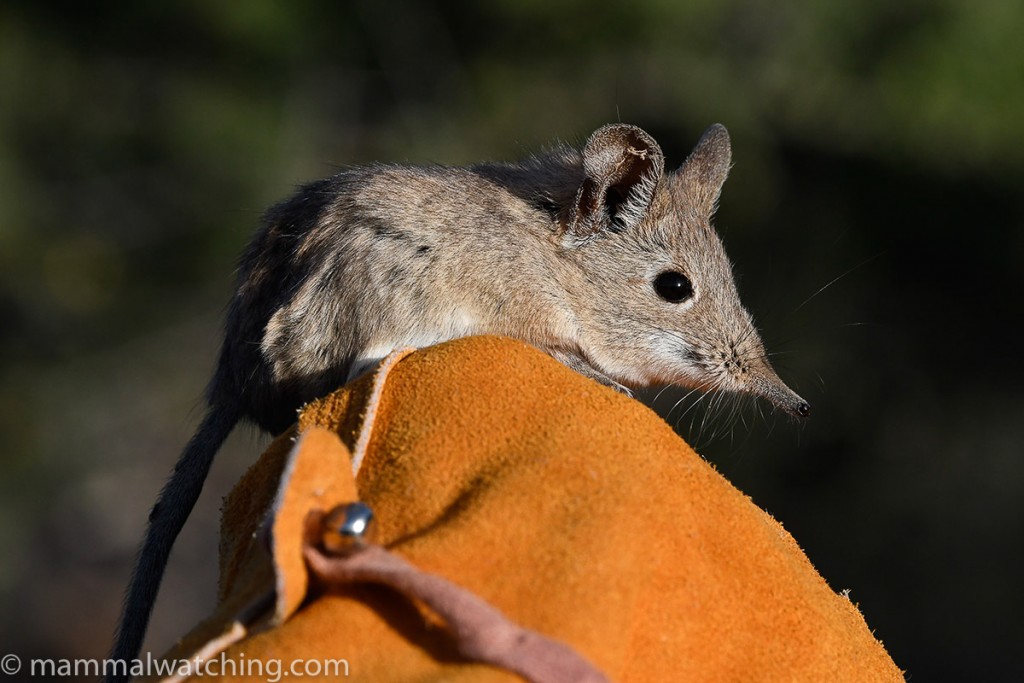
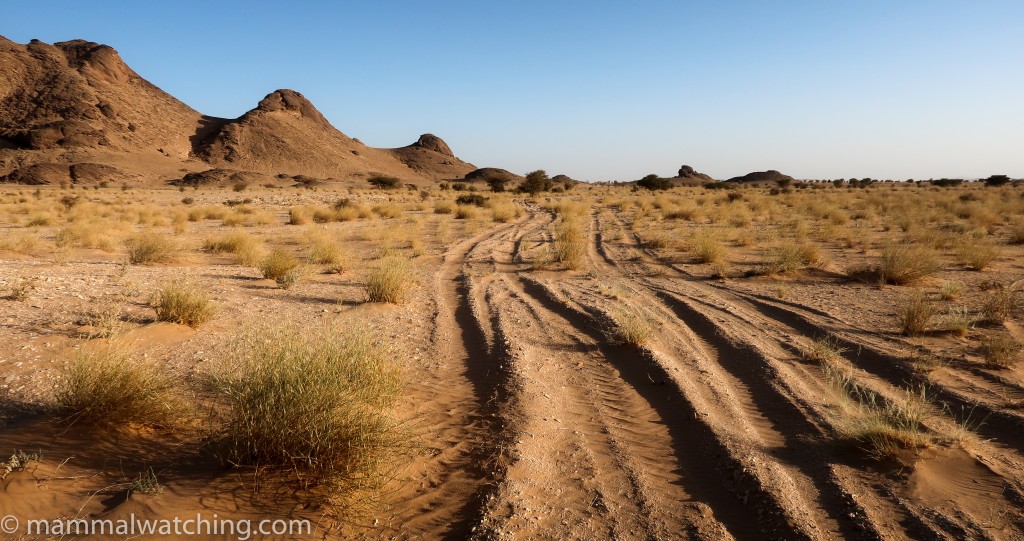

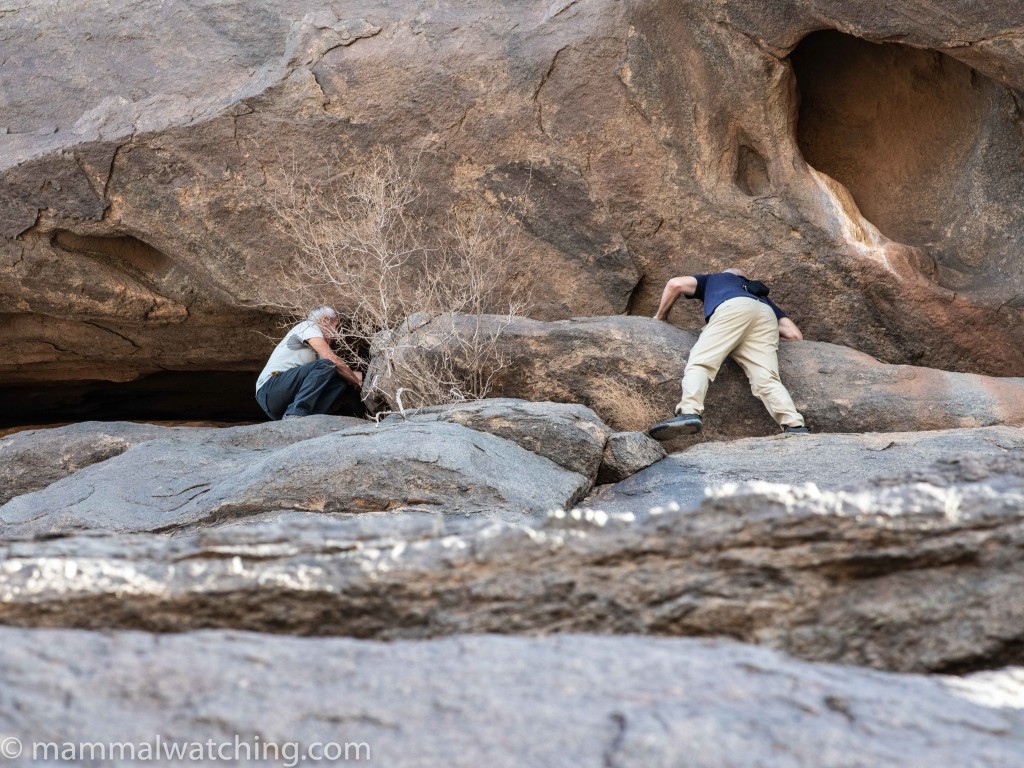
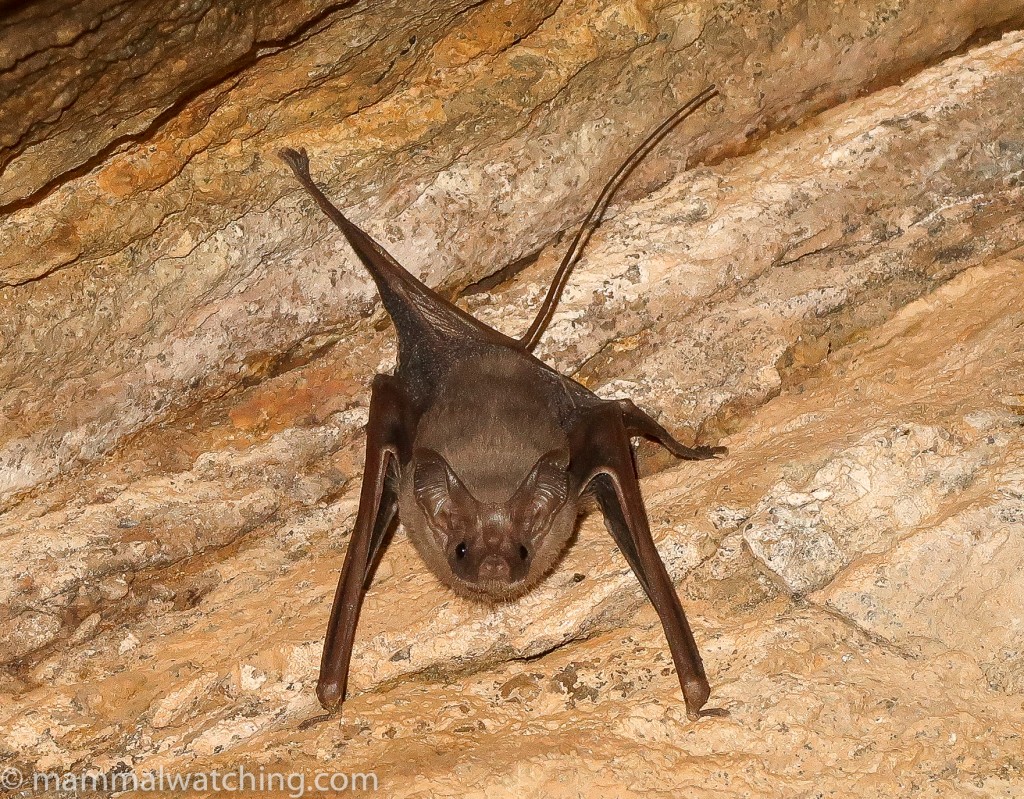
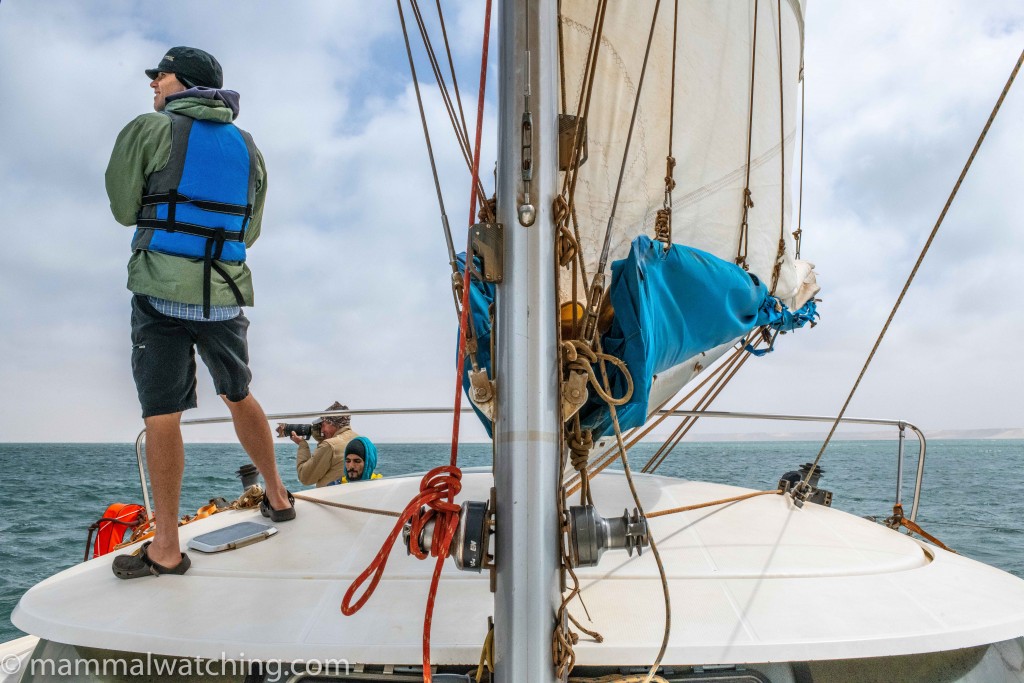
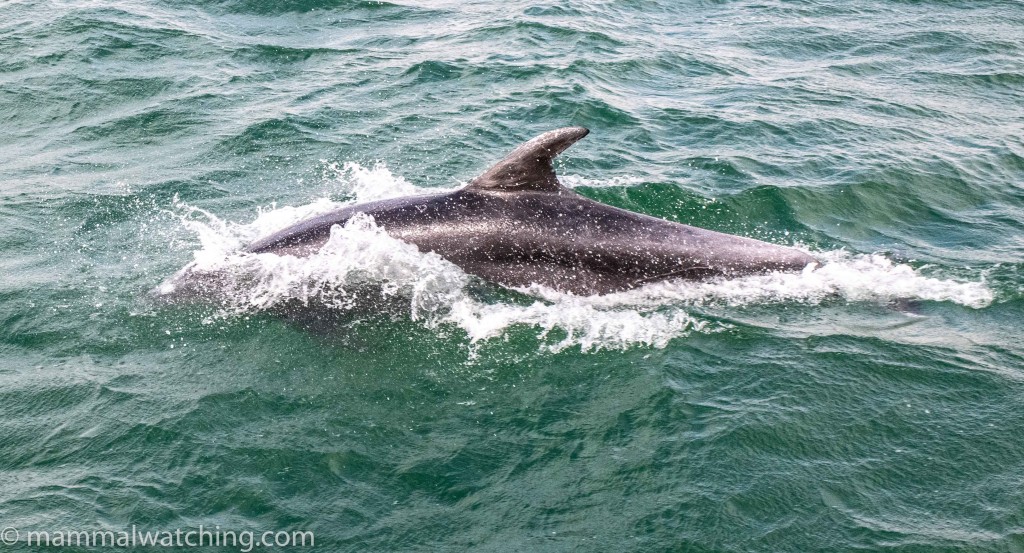
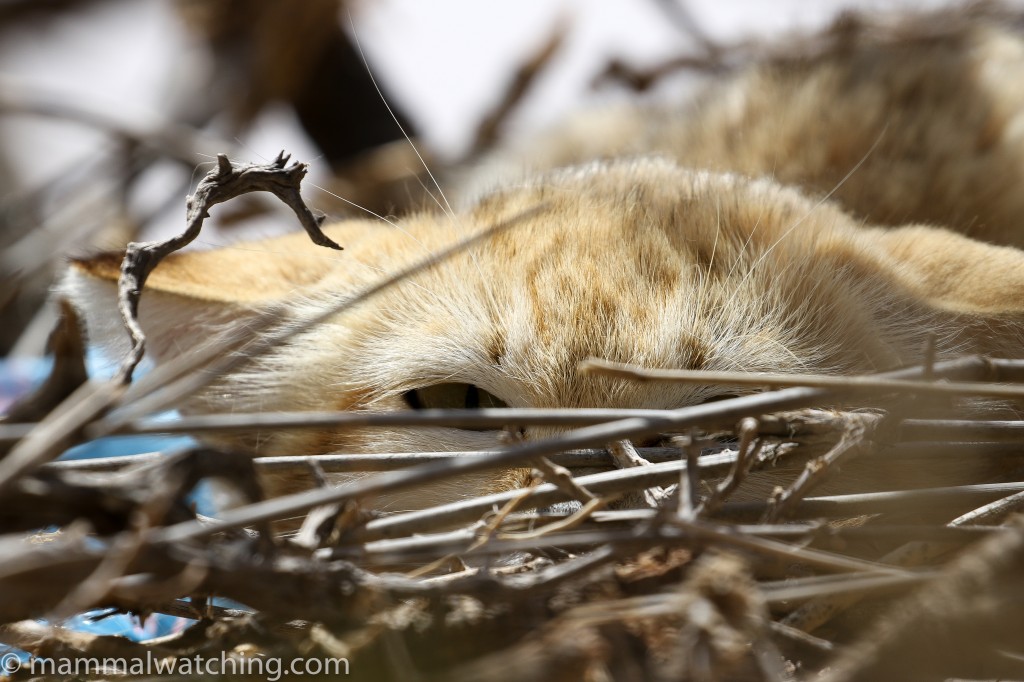
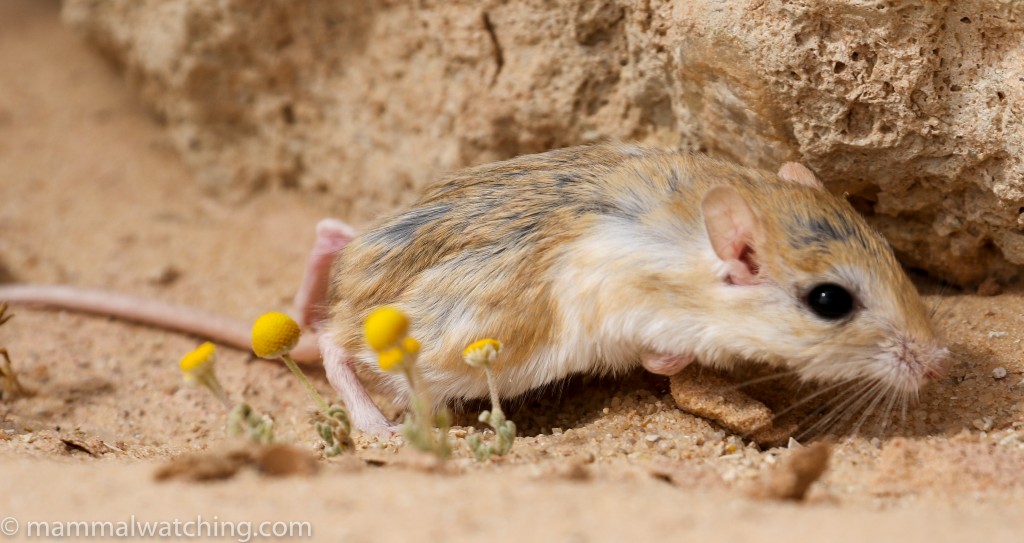
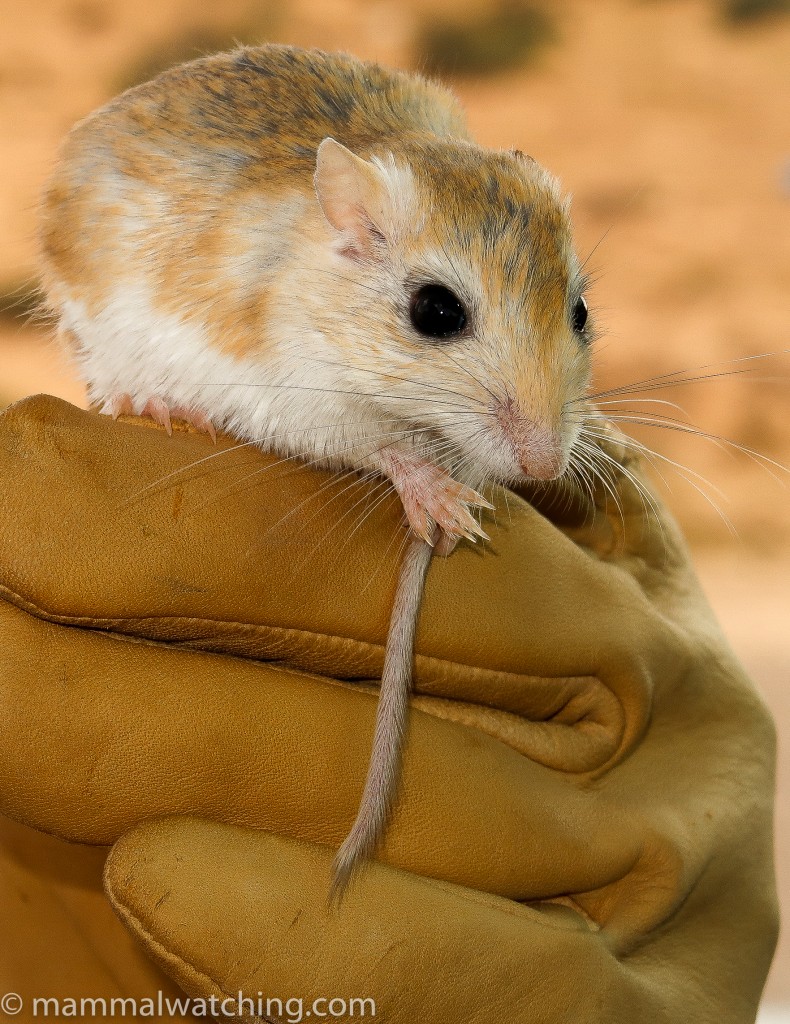
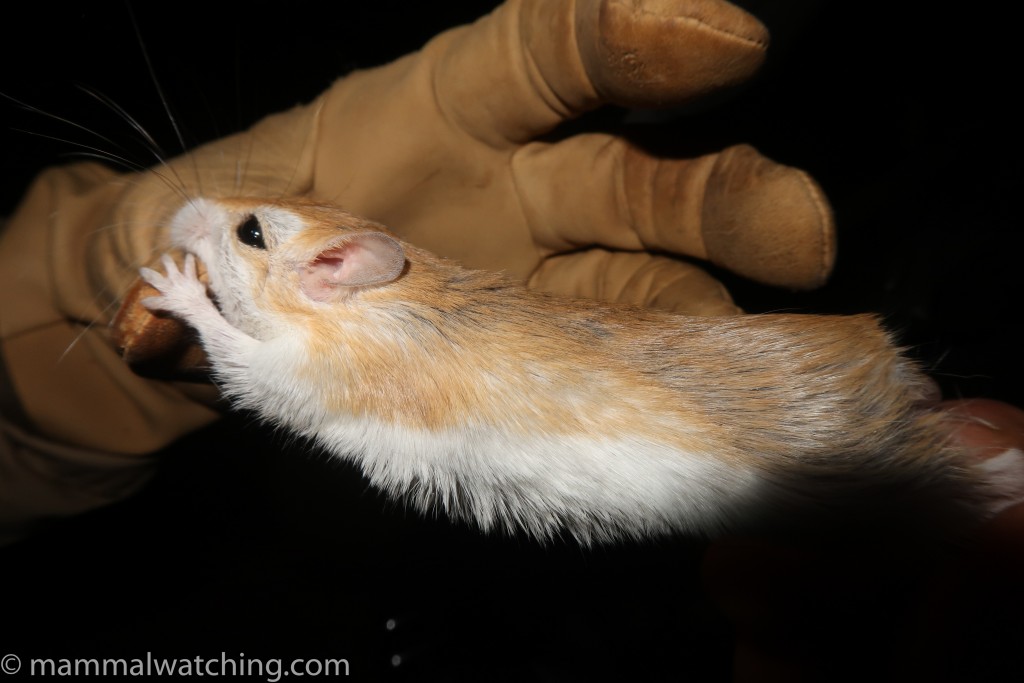
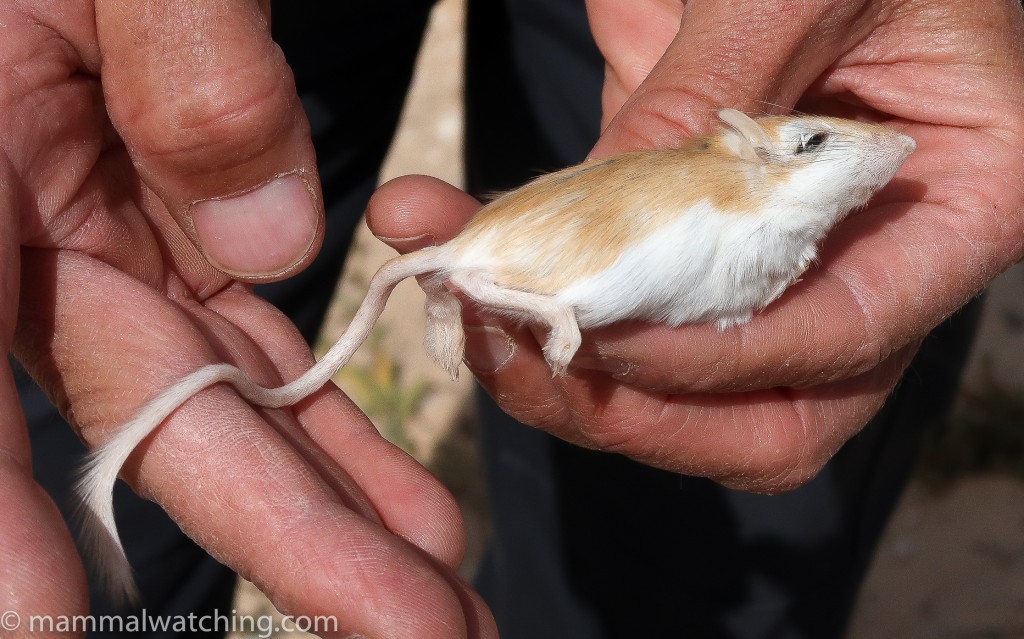
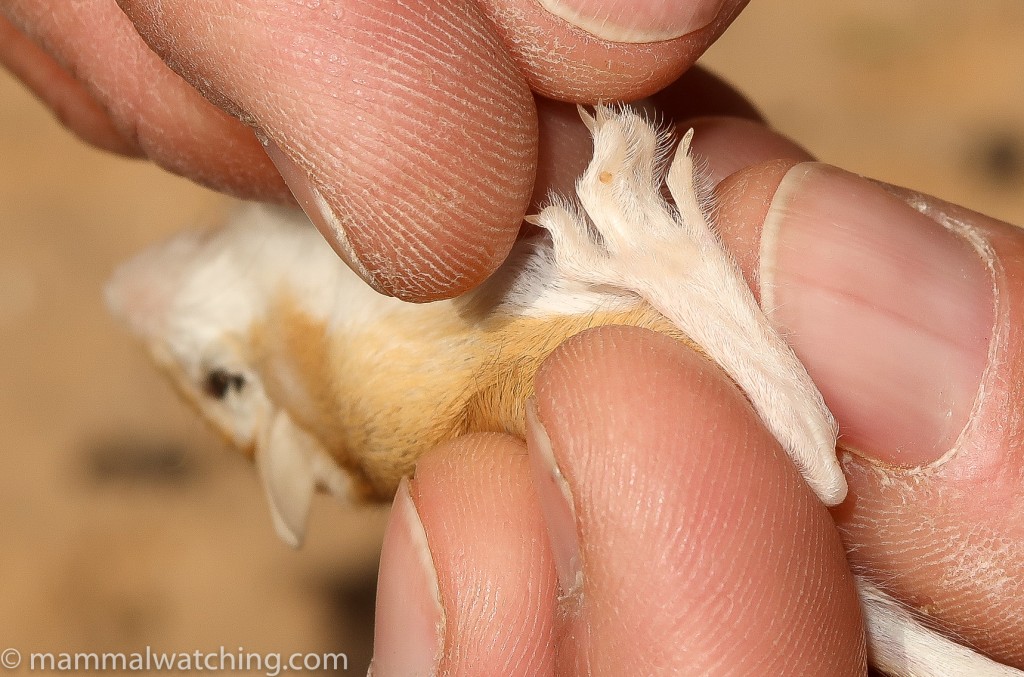
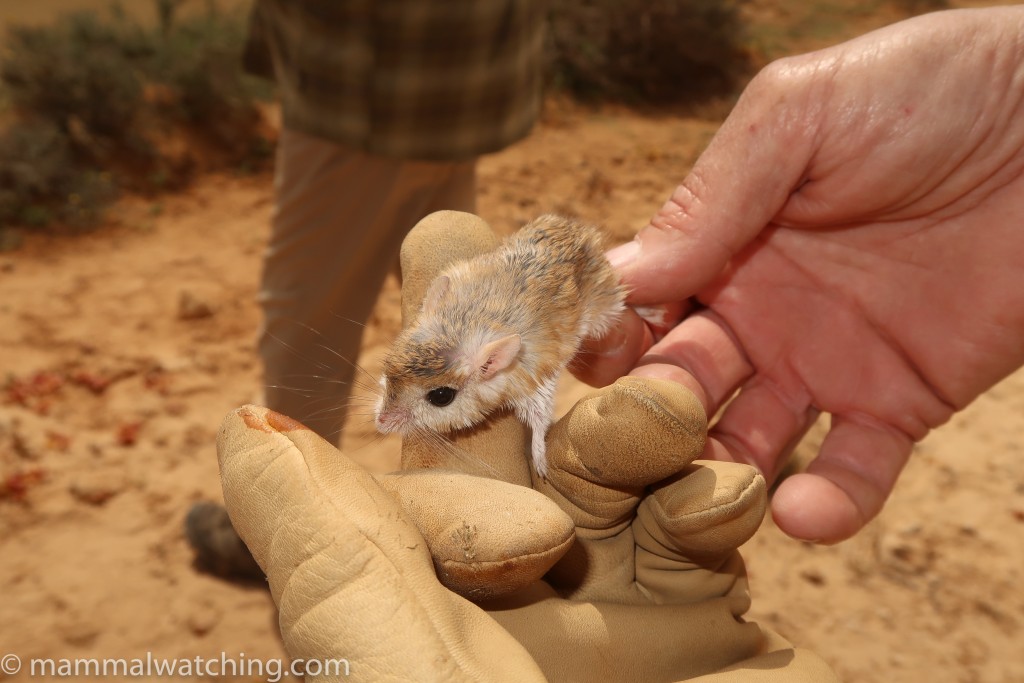
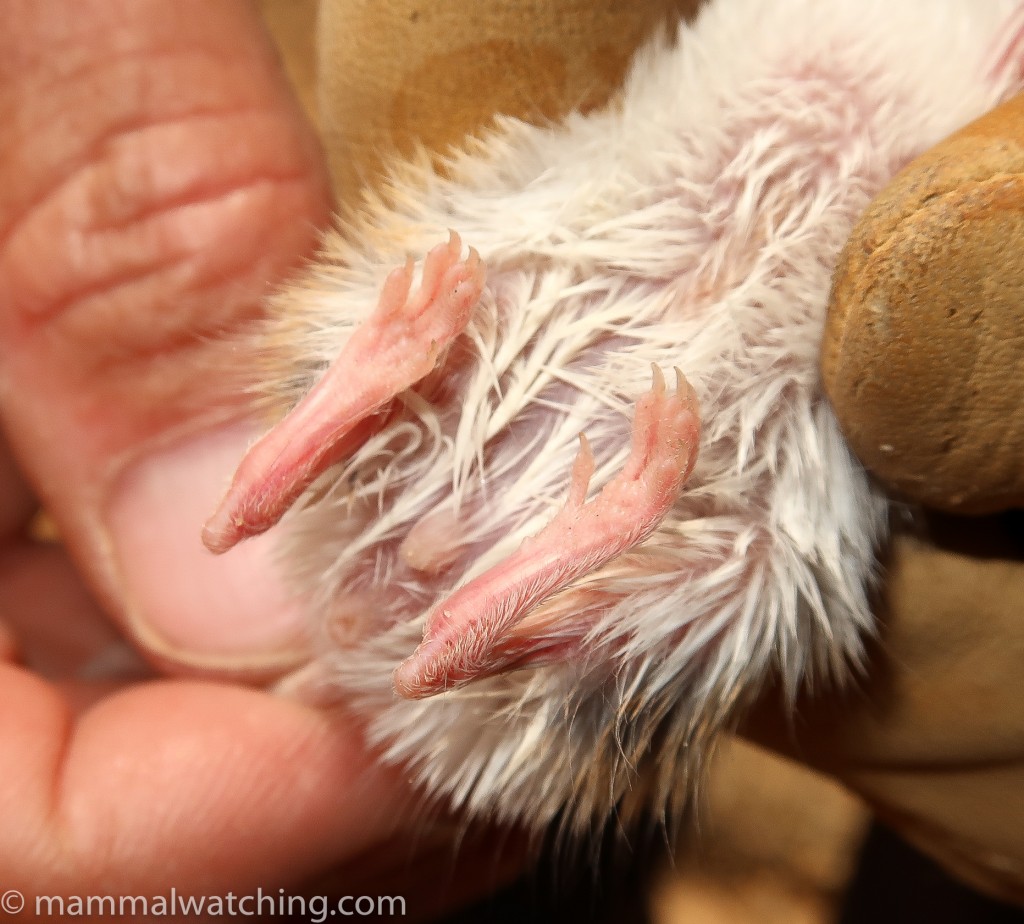
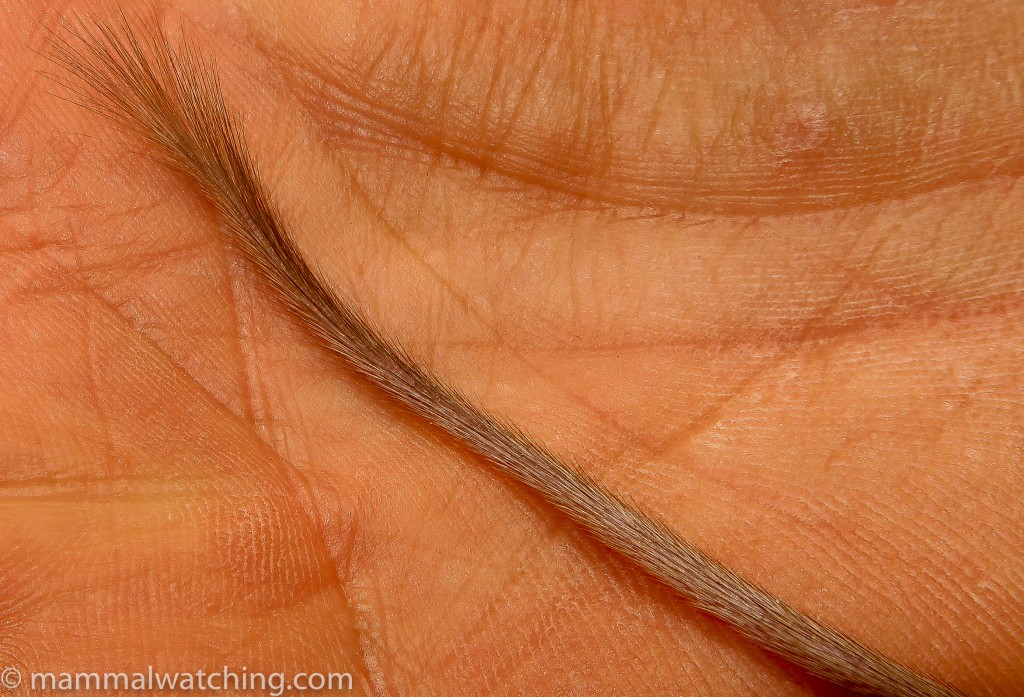
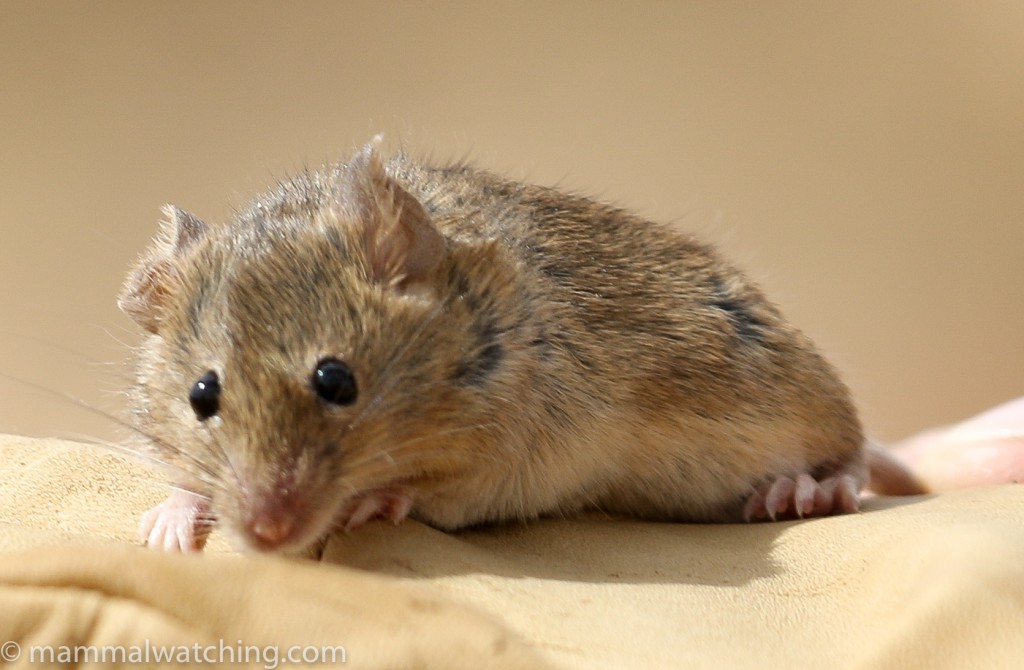
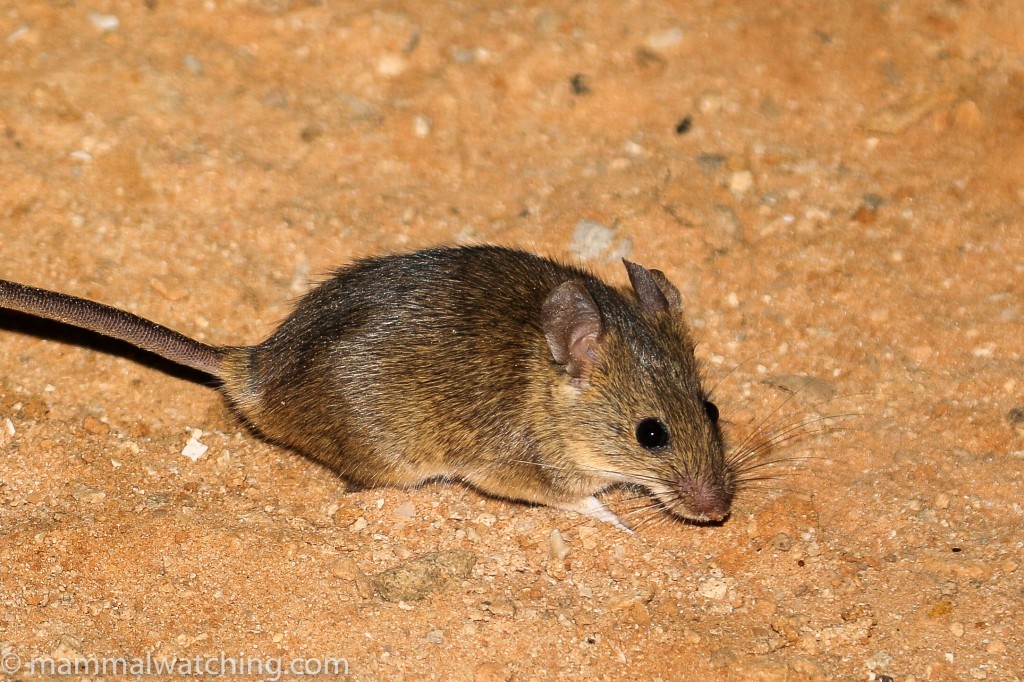
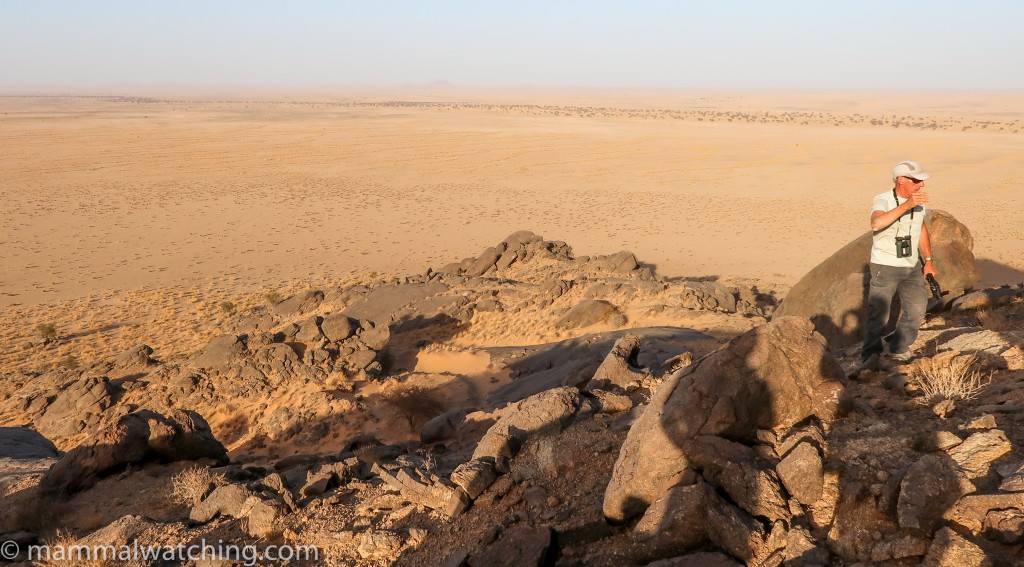
Vladimir Dinets
Wow! How high off the ground were the raven nests? I’ve never heard of such behavior in any felid.
I found it extremely difficult to find the elephant shrews at that site in summer, so apparently it is only seasonally reliable.